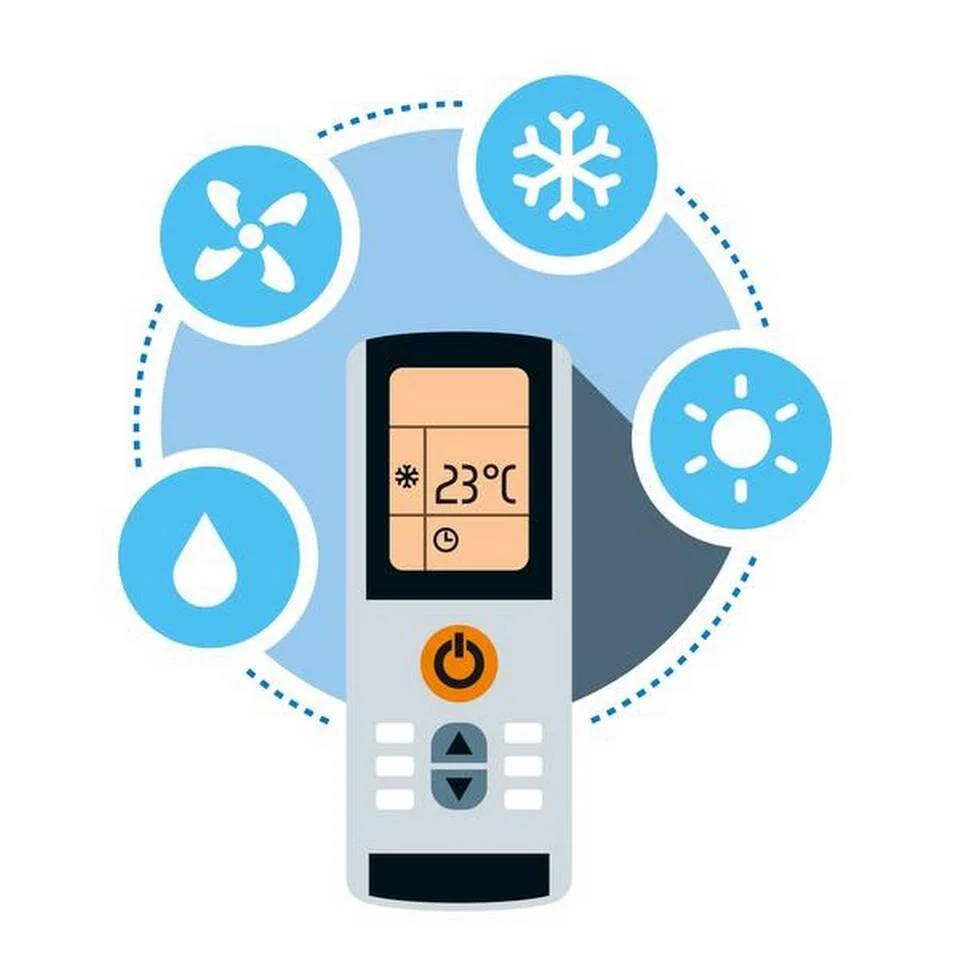The politics of power in times of a pandemic
The disruptions caused by the coronavirus disease (Covid-19) highlight the importance of electricity for modern societies. A reliable electricity supply underpins the essential services that sustain the social order and build individual preparedness during this lockdown. Ironically, however, even as electricity can make us more resilient, electricity is also vulnerable to the pandemic. How is India’s electricity sector placed at this moment?
The problem is not on the supply-side of providing enough power. Due to the electricity demand slump in recent months, most domestic coal-fired power plants have more than enough coal to last them for 25 days. Moreover, the coal supply chain and electricity generation have been declared essential services, exempted from the lockdown. Renewable energy (RE) plants are not dependent on fuel.
The challenge comes from the demand shock: Efforts to flatten the Covid-19 curve have caused the electricity load to plummet. Power demand has dropped around 25% nationally, with individual states reporting drops of 15-30%. On the first day of the nationwide lockdown, the spot price for electricity dropped to ~0.60/KWh, touching a three-year low. In the days ahead, supply was far greater than demand, to the point that the price dropped by more than half.
The impact of this demand shock is two-fold. First, the demand drop is a direct consequence of reduced economic activities — the lockdown of commercial establishments, public institutions, transport, construction and manufacturing — and implies reduced commercial and industrial (C&I) load on distribution companies (discoms). While losing a significant part of the cross-subsidising load, discoms are spending more per unit (KWh) of electricity supplied (in part because they have to pay fixed charges to generators even if they don’t use the power). Consequently, discoms, reeling under persistent financial losses, will lose even more.
Second, the pandemic response has impaired discoms’ billing and collection operations. Discoms have extended deadlines for payment in several states, and the chances of recovering the dues later are uncertain because those who have lost their livelihood may seek an electricity bill waiver. Enforcing recovery, however, comes with the risk of pushing the poor off the grid.
As a relief to discoms, the Centre has directed a three-month moratorium on their dues to generators (barring the RE generators) and transmission companies. This may be a temporary relief, but revenue loss implies a surge in discoms’ overdues to generators that have accumulated to over Rs 80,522 crore. Simultaneously, the additional financial losses of discoms are unlikely to be passed on to the consumers, and will lead to a surge in their regulatory assets (a promise by the regulator that discoms can recoup the money in the future from consumers). Combined, the regulatory assets of discoms were around Rs 77,000 crore at the end of financial year, 2019.
Both these effects raise the alarm for a looming financial crisis in the sector. For those observing the sector, this is a déjà vu moment. The sector is ready for yet another bailout. A bailout can be a formidable task for governments, given the fiscal stress due to the lockdown and planned stimulus. Even pre-pandemic, discoms’ debts had grown to the level of the last bailout under the Ujwal Discom Assurance Yojana. A failure to act in a timely and adequate way may impede the reliable electricity supply required to reboot the economy.
In planning a response, the pandemic impacts offer some insights for the future of electricity. First, it provides a test case of impending load migration to RE. As RE costs have fallen, the chances have increased that high-paying consumers will move off the grid. The lockdown provides an indication of the consequences, ie, what happens when industry no longer provides a cross-subsidy to households and agriculture? Will the experience create pressure for alternative ways to manage subsidy demands? There are some efforts to deliver the low-cost benefits of RE directly to the poor through capital subsidies for solar panels, solar pumps and solar agricultural feeders, thus reducing the growing subsidy burden on discoms. Will the pandemic experiences drive a shift from electricity tariff subsidy to electricity infrastructure subsidy for RE to help the poor?
Second, the crisis creates an impetus to find technology fixes to disruptions in system operation. Though unintended, Prime Minister Narendra Modi’s call for lights out on April 5, was an exemplary test of grid balancing under sudden demand variation. Will the grid’s ability to manage a 27% (31 gigawatts) demand swing assuage the concerns for the integration of variable RE? In another example, smart meters, being pushed to check discoms’ loss, may be used to build the resilience of discoms in billing and collection.
Finally, the choice between a networked and centralised electricity system and a network of decentralised systems is pertinent. Decentralised systems, advocated for faster energy transition, are also thought to be operationally resilient. Will the pandemic experience prompt a reconsideration of the electric power structure?
The electricity system has been shaken by the pandemic. But a viable electricity system that can assure reliable supply is also crucial to the revival. It is time now to think about how to ensure that electricity is pandemic-proof.
Originally published in the Hindustan Times on 20th April, 2020.
Environmentality is a collection of ideas, perspectives, and commentary by researchers at the Initiative on Climate, Energy and Environment, Centre for Policy Research, New Delhi. Views and opinions expressed in this blog are solely those of the authors. They do not represent institutional views.











Highlights of the webinar discussion held on April 13, 2021 as part of the India Energy Transition Dialogues – a series convened by the Centre for Policy Research to explore different paths to meet India’s 21st century energy goals.